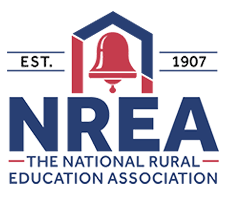Abstract
For education policies to be implemented most effectively in local contexts, policymakers must consider diverse school and community geographic characteristics. For example, rural geographies often present particularly important dynamics for public schooling, including challenges with school enrollment, school funding, and teacher labor markets. We focus on Missouri, where over two-thirds of its school districts are located in rural areas. Enrollment in these districts varies over 100-fold, yet little research describes the similarities and differences between these districts and how to appropriately distinguish between them to best advise contemporary policymaking. In this study, we analyze data from the American Community Survey, the National Center for Education Statistics (NCES), and the Missouri Department of Elementary and Secondary Education to compare school, financial, teacher, and community characteristics to identify relationships between a district’s size, location, and community qualities. We focus our analyses on a comparison of NCES’ demarcation of rurality to one we construct based on student enrollment to highlight where conclusions may differ simply based on a lack of common definitional groundings. The findings help to distinguish rural communities and school districts and may prompt future rural education-focused research to appropriately tailor education policies to diverse rural contexts.
Creative Commons License

This work is licensed under a Creative Commons Attribution 4.0 International License.
Recommended Citation
Burrola, A.,
Rohde-Collins, D.,
&
Anglum, J.
(2023).
Conceptualizing Rurality in Education Policy: Comparative Evidence from Missouri.
The Rural Educator, 44(3), 17-33.
https://doi.org/10.55533/2643-9662.1389



